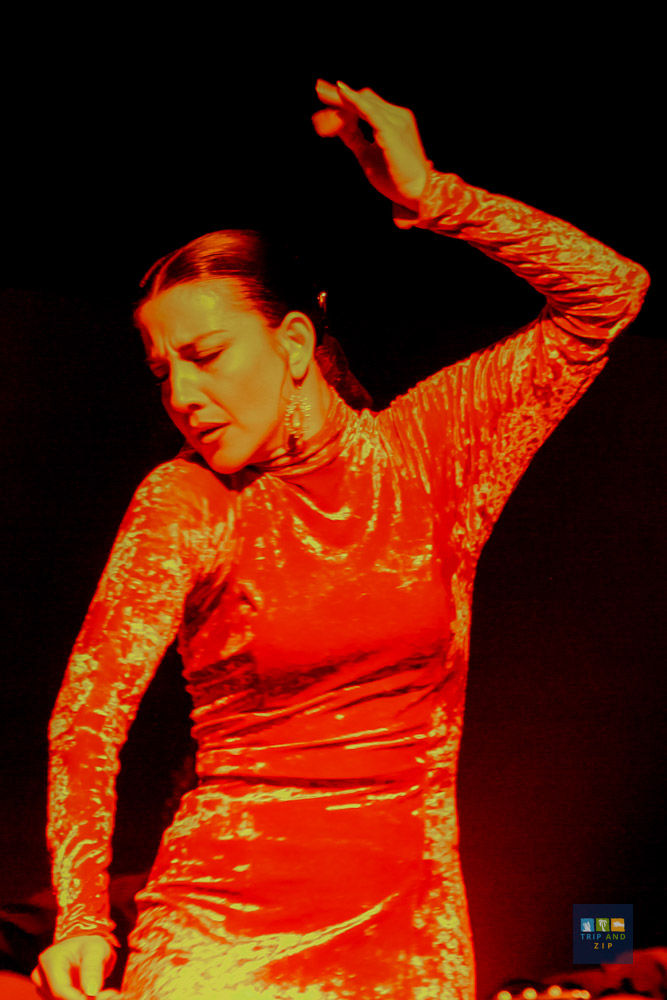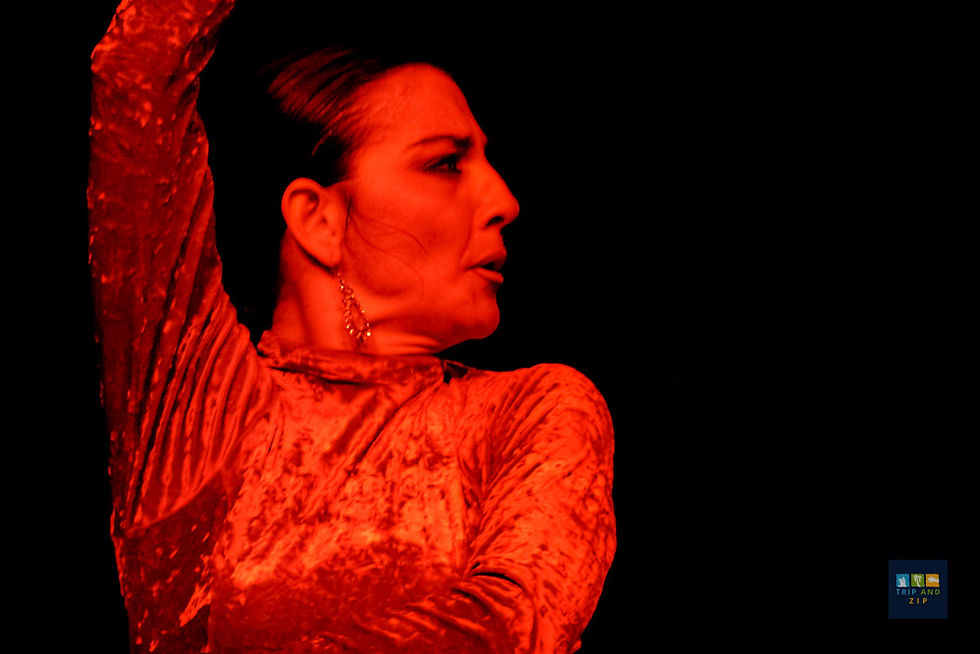Flamenco in Spain: The Pulse of Passion and Tradition
- Trip And Zip

- Apr 3, 2010
- 3 min read
Updated: Mar 15
Flamenco is more than just a dance or a style of music—it is an expression of raw emotion, a dialogue between rhythm, movement, and voice. Rooted in Andalusian culture, it carries the weight of history, storytelling, and personal experience, passed down through generations. While many associate flamenco with Seville, Granada, and Jerez de la Frontera, the tradition extends far beyond, with performances in Barcelona, Madrid, and other cities that embrace this deep artistic heritage.




Flamenco as a Live Experience
Watching flamenco live is an experience that cannot be replicated in recordings or videos. The stage, the lighting, the atmosphere—everything contributes to the energy of the performance. The moment the first note is played, and the dancer takes the stage, time seems to slow down. The sharp movements, the dramatic gestures, the raw intensity of the singer’s voice—all of it comes together to create something impossible to ignore.

One thing that immediately stands out in flamenco performances is the unspoken hierarchy among the dancers. The most skilled performers are rarely the youngest. Experience is not just valued—it is essential. The younger dancers support, accompany, and build toward the moment when the most respected performer takes center stage. There is a deep sense of reverence among the artists, a mutual understanding of roles, and respect for tradition.



The Many Faces of Flamenco
Flamenco is not a single style but a vast musical and dance tradition, divided into palos, each with its own rhythm and mood. Some styles are deeply melancholic, while others burst with energy and joy.

Among the most profound is soleá, often called the "mother of flamenco," with its slow, expressive rhythm full of longing. In contrast, alegrías, rooted in Cádiz, is bright and playful, performed with fast footwork and lively melodies. Fandango allows for improvisation, letting performers add their own flair, while seguiriyas is among the most intense, filled with heavy beats and raw emotion.

Then there is bulerías, the most electrifying and unpredictable of them all. It is fast, playful, and almost defiant, with dancers and musicians constantly pushing each other. The shifts in rhythm create a feeling of tension and spontaneity, making it impossible to look away. Watching bulerías unfold, I finally understood why flamenco is something to be felt, not just seen.

A Tradition That Lives On
I’ve had the chance to experience flamenco in Madrid, Barcelona, and Andalusia, each offering a different take on the tradition. In Madrid, the performances felt polished and theatrical, often featuring some of the most skilled dancers in Spain. In Barcelona, the shows catered to an international audience, blending tradition with accessibility.



But it was in Andalusia, the true heart of flamenco, where I felt the deepest connection to its raw energy, particularly in small, intimate venues where the boundary between performer and audience seemed to dissolve into the rhythm itself. In places like Seville, the birthplace of many of its most iconic styles, flamenco still thrives in compact, exclusive spaces, where the closeness between performers and audience creates a unique connection.
Flamenco remains one of Spain’s most defining cultural expressions, but it is not frozen in time. It continues to evolve, shaped by each new generation of performers who bring their own interpretations while respecting the deep traditions behind it.
No matter where it is performed, the essence of flamenco remains the same—an intense, passionate, and deeply personal art form that refuses to fade. Watching it live, feeling its rhythm resonate in the floor beneath you, hearing the deep, soulful cries of the singer, it becomes clear that flamenco is not just a performance. It is a force, a pulse, a tradition that carries the voices of those who came before, still alive in every step, every note, every beat of the music.




Comments